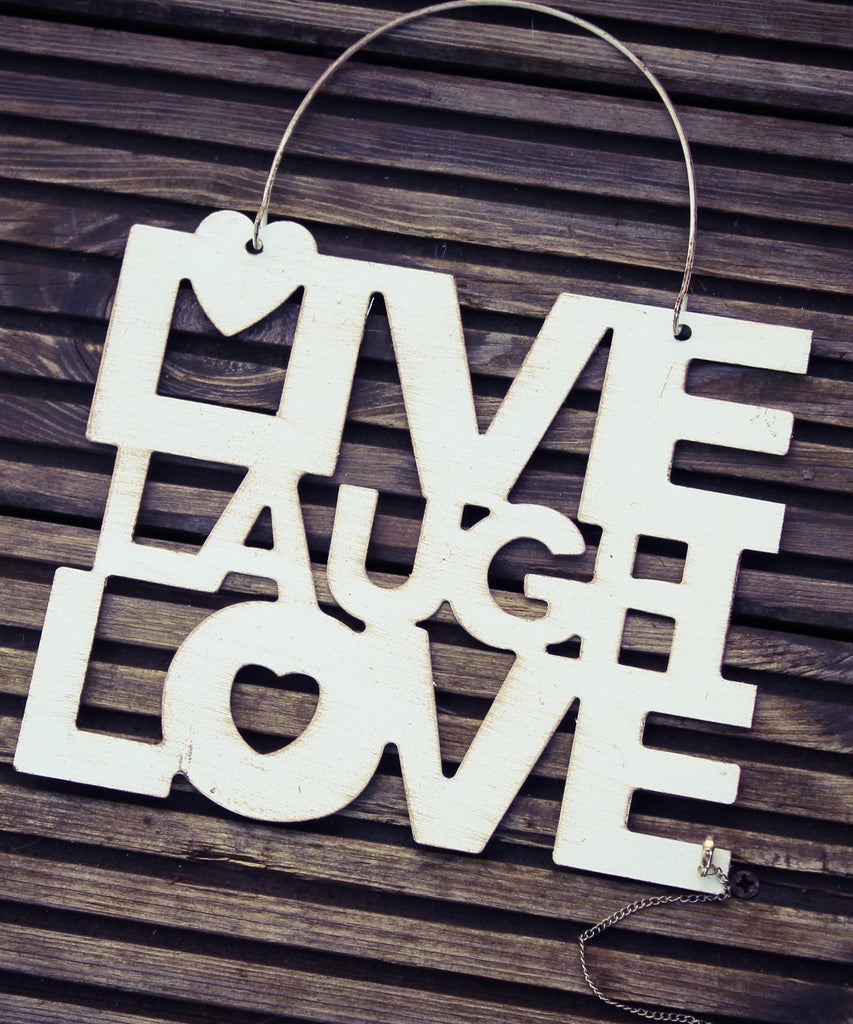
There is, once again, a trendy term going viral. A term that is dividing generations and genders. A term that groups a number of food, fashion, decor, and aesthetic preferences by how not-trendy they are. The word is “cheugy” and it’s as cringe-y as it sounds.
“Cheugy,” as defined by the viral TikTok that started it all, is “the opposite of trendy.” The word denotes more than just all things out-of-style, though. It also points to how “behind” a cheug might be for following a certain trend long after its prime. For something to be cheugy, it has to have been the height of fashion at one point.
Cheugy, according to the triumvirate of creators interviewed by The New York Times earlier this week, groups the millennial girlboss aesthetic, the MLM “girlies”, and the basic Christian Girl Fall as irredeemably untrendy. It’s Wine Mom Script wedding announcements and American Typewriter “Live, Laugh, Love” signs. It’s definitely chevron and Minions. It’s Uggs and overly decorated dorm rooms, but it’s also Hype House and, according to one of the word’s creators, lasagna.
The term was first introduced to TikTok at the end of March, but it didn’t generate much buzz until The New York Times wrote about it. Given the newspaper of record’s ability to legitimise anything it covers, “cheugy” went from being a made-up word thrown around by a small group of 20-somethings to being a “real” word with the ability to upset and offend real people.
Over the past few days, trend-reporting TikTok accounts have introduced thousands to what some call “a Gen Z word,” reigniting the truly exhausting Gen Z vs. millennials showdown from earlier this year, and prompting counter-TikToks defending chevron and Starbucks like their side partings and skinny jeans.
Cheugy is becoming as widespread as the creators intended, but its use is mostly being fuelled by backlash. While some see “cheugy” as a value-neutral word that describes the “married at 20” aesthetic, others see it as a reductive, dismissive, or even offensive grouping of people for simply liking what they like. For every person like Trisha Paytas that proudly calls themself a “cheug,” there is someone who cries misogyny or classism.
@trishlikefish88
Perhaps the most valuable contribution to the cheugy discourse to date is a TikTok by creator @kierabreaugh. In a stitch with well-known millennial creator @rod, Kiera asserts that cheugy is “not a phrase that came from Gen Z to millennials,” but instead is a word that came “from white girls” to describe “other white girls.” She adds that it’s interesting to watch “white women micromanage what makes other white women cool” and the whole video is hashtagged: #internalizedmisogyny. According to Kiera, this is just white-girl-on-white-girl crime, nothing more and nothing less.
Urban Dictionary has two entries for the word “cheugy.” According to the first, penned by @cheuglife (also the name of a popular Instagram account cataloging, you guessed it, all things cheugy), cheugy is anything that was, “stylish in middle school and high school but is no longer in style.” This definition points to how locally, racially, and socio-economically specific the word really is. If the metric here is what was once trendy in middle and high school, then what’s cheugy for the class of 2014 is different from what’s cheugy for the class of 2020.
At best, this is a word specific to a group of people with a shared background, rendered useless once applied to other contexts. Maybe a more precise definition of cheugy, is to look at it as a word that describes how “trendy” young women look back on the trends they once embraced and question the people who still embrace them.
The word cheugy and its origin story are rife with contradictions. According to The New York Times article, the creator coined “cheugy” when she was a teenager in 2013, and it caught on among her classmates and camp friends. “Everyone in our sorority knows the word cheugy,” one of the creators added. Of course, some might argue that everything about sororities is undeniably cheugy. As the second Urban Dictionary entry, published a few days after The New York Times article, says, the word was coined by a now 23-year-old white woman, “on whom the irony is apparently lost.”
To that end, it’s worth pointing out that what was once deemed cheugy isn’t destined to be forever cheugy and can, in fact, be rescued by affluent elites — the kind that coin words like “cheugy” — and repurposed into “throwback” trends. Likewise, today’s trendy and appropriative long acrylic nails and gold jewellery craze will be written off as cheugy once cool white elites get over them. Even Avant Basic’s cool-factor is precarious; we’ll all be cringing at our old House of Sunny and Lisa Says Gah in a few year’s time.
But trends and currency and coolness are all relative, and cheugy’s limitation is that it’s only talking about one very specific band on the spectrum of trendiness. It could even be argued that the word “cheugy” has already been so overexposed that it is, itself, cheugy — if it was ever trendy enough in the first place to qualify.
Like what you see? How about some more R29 goodness, right here?